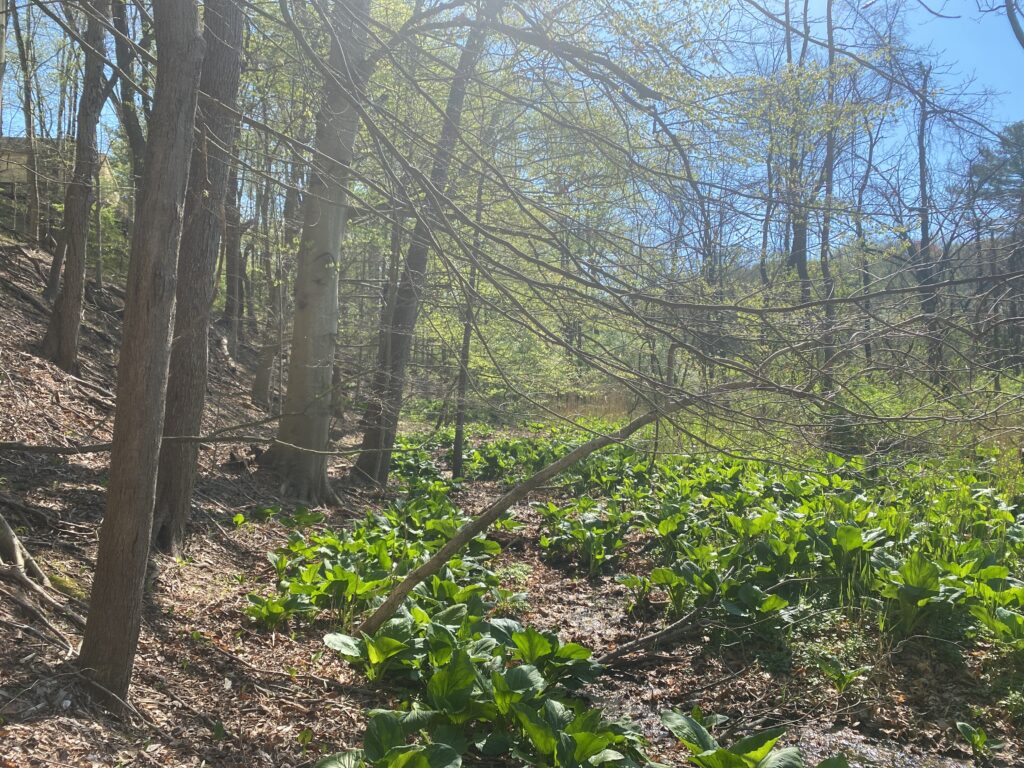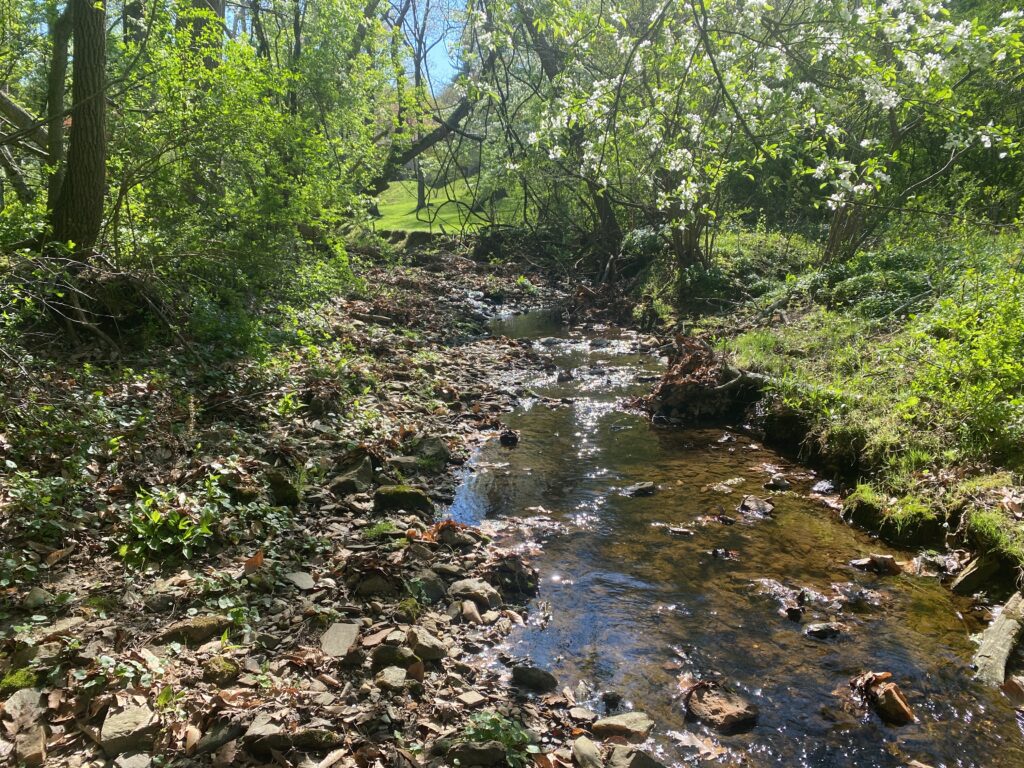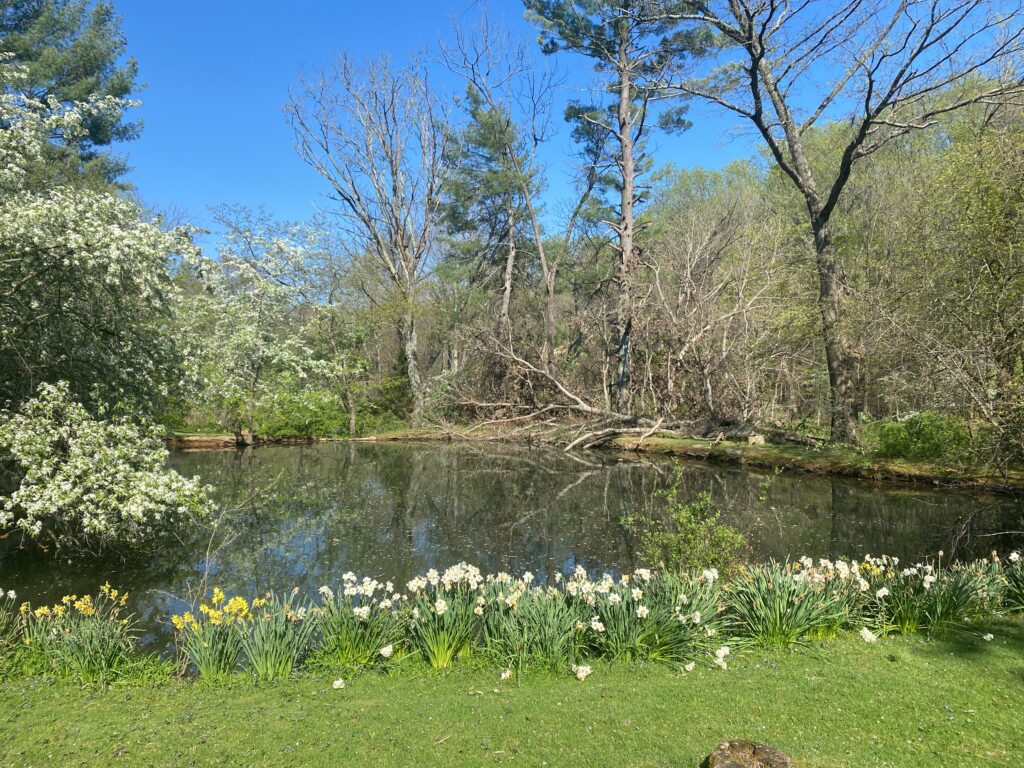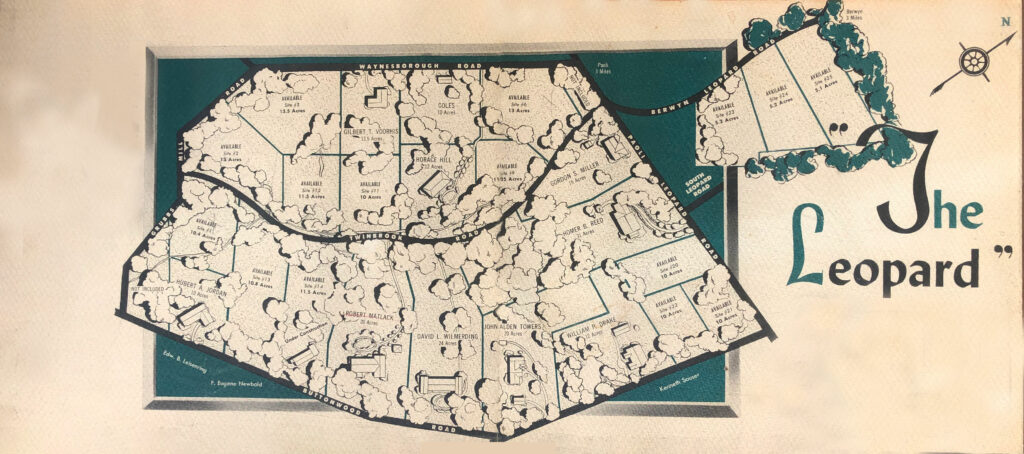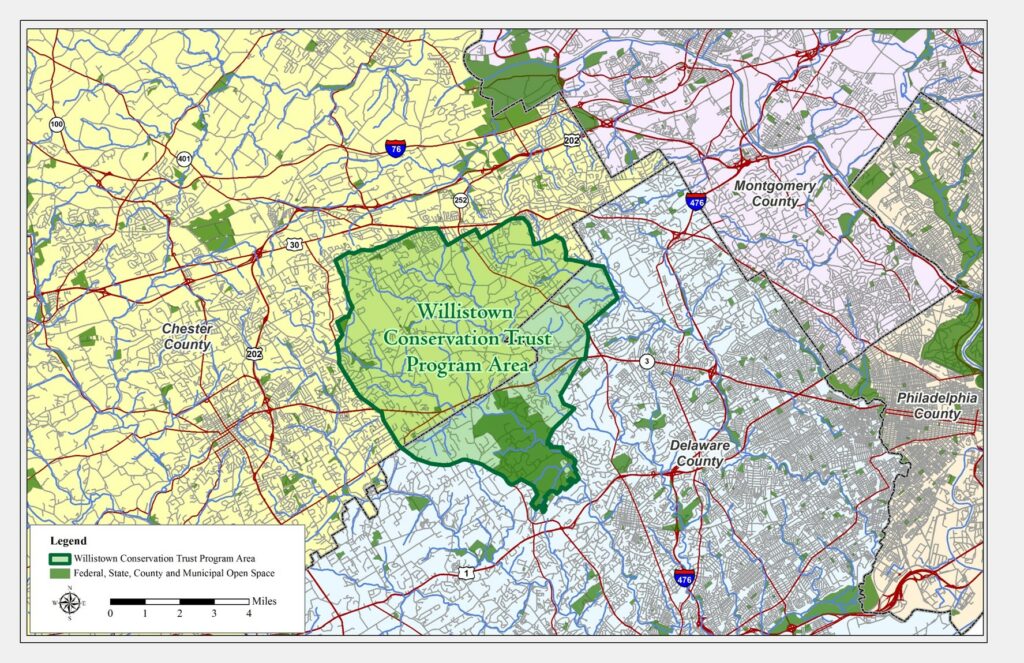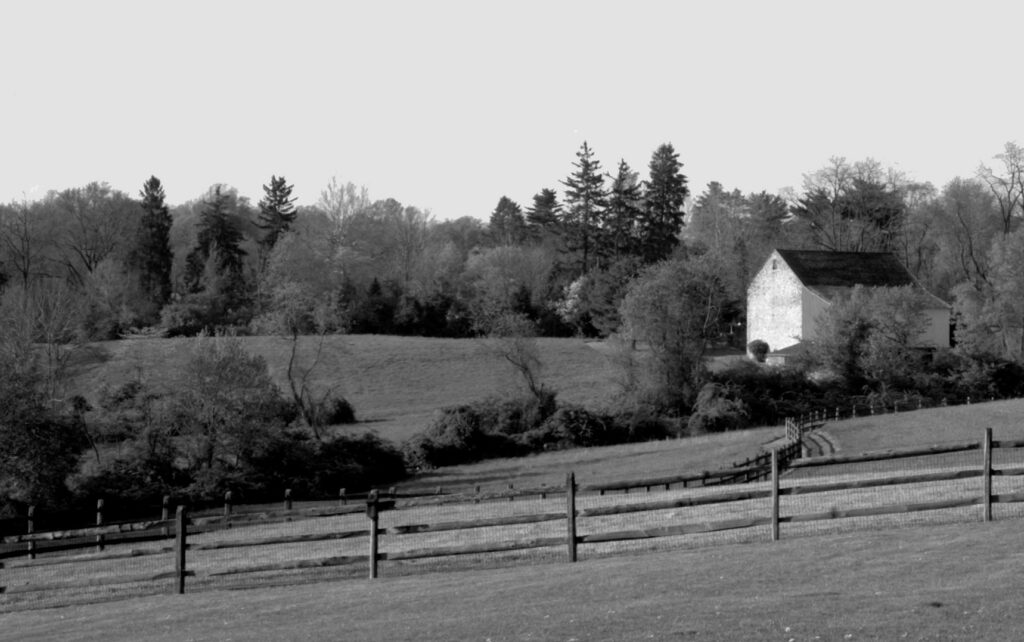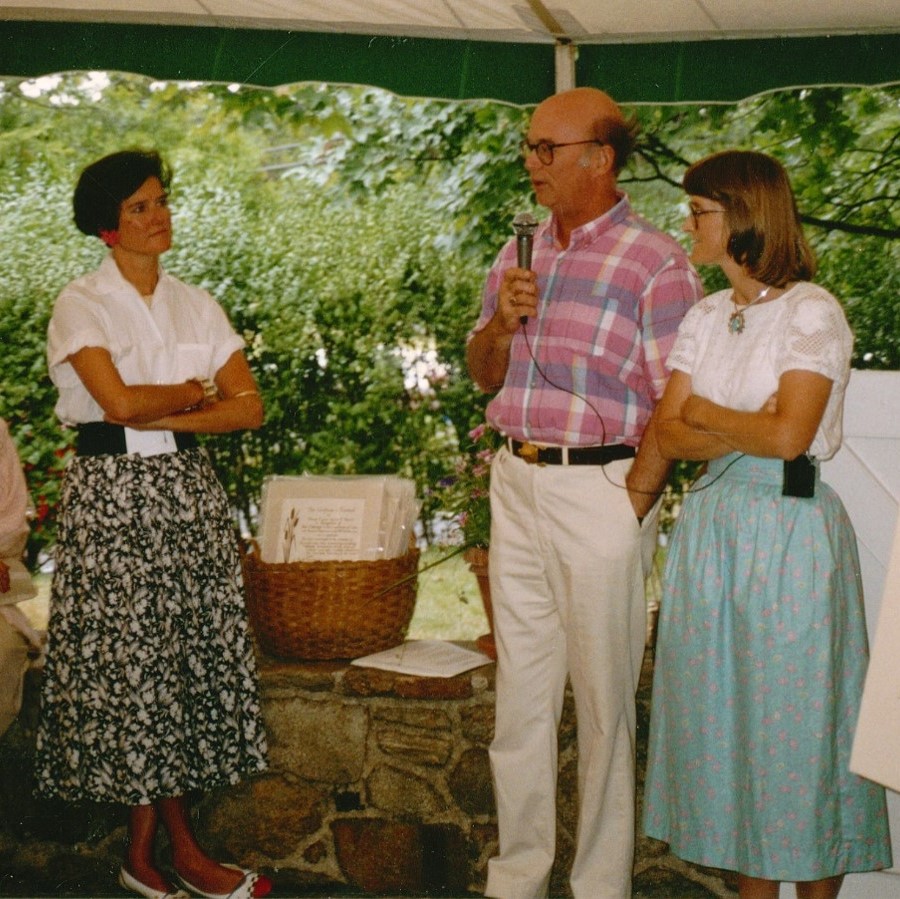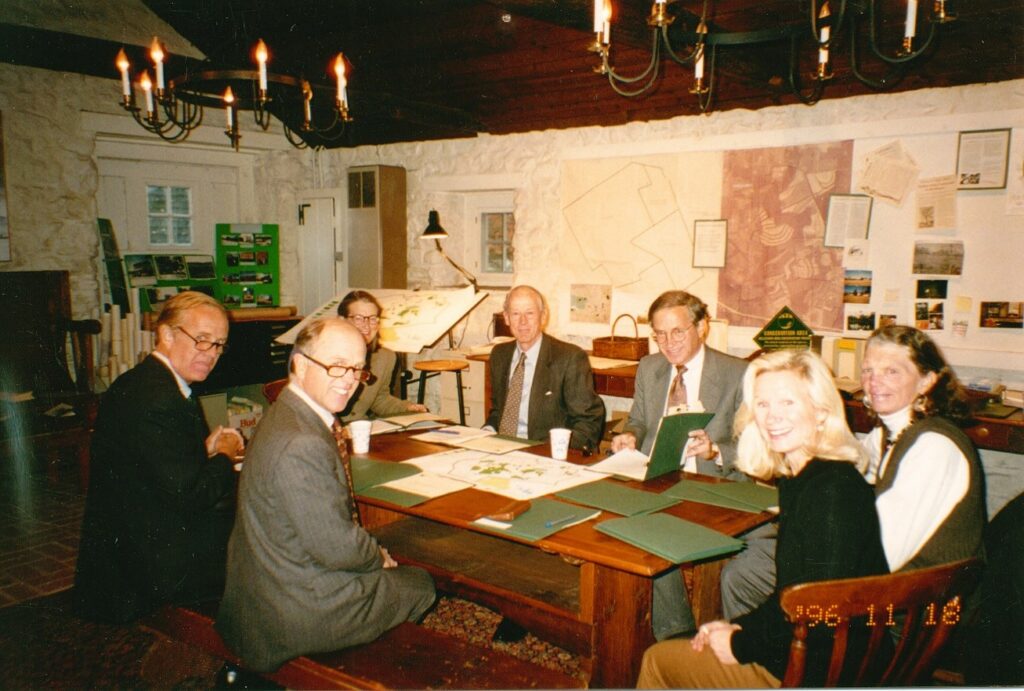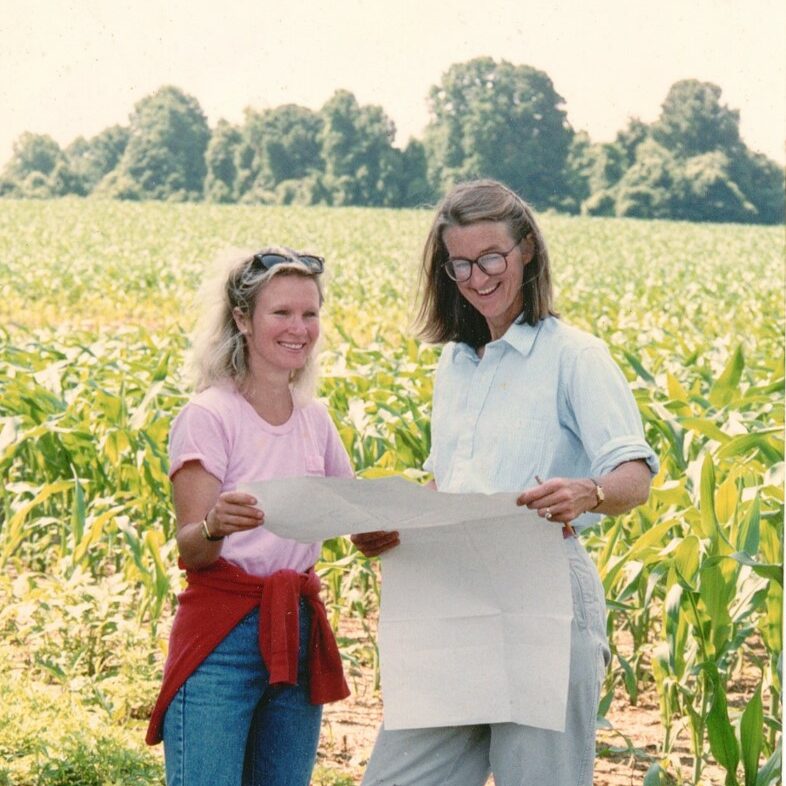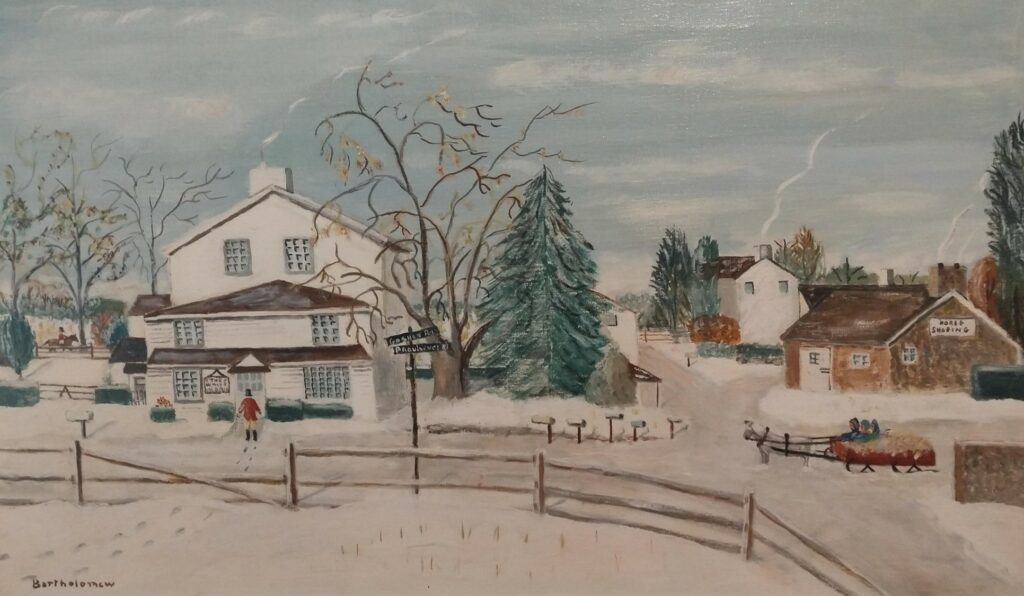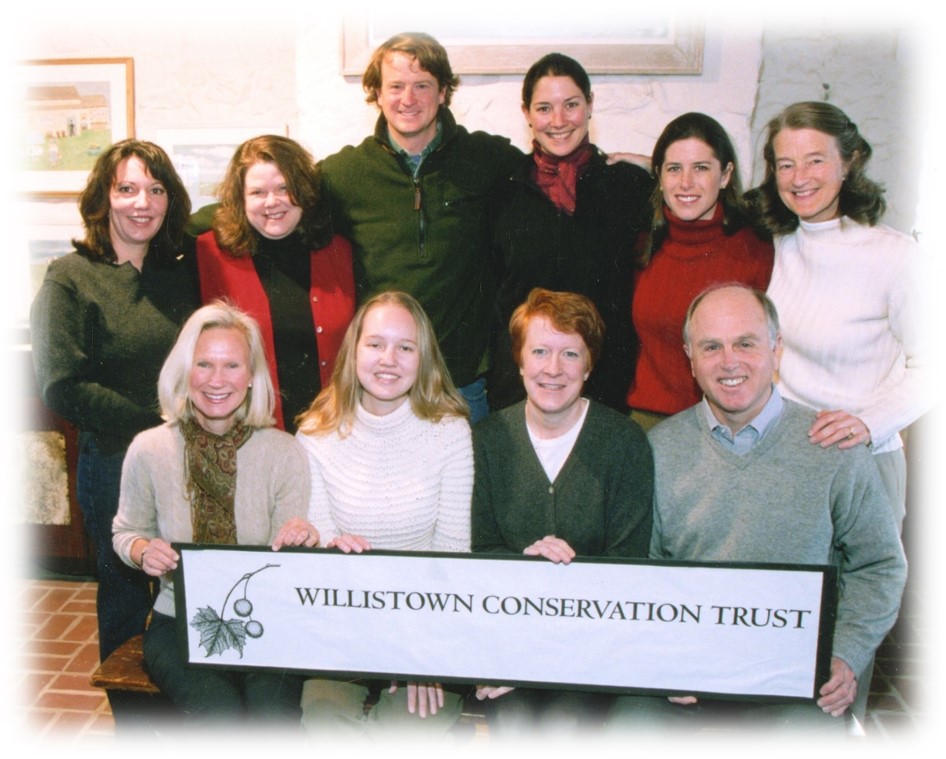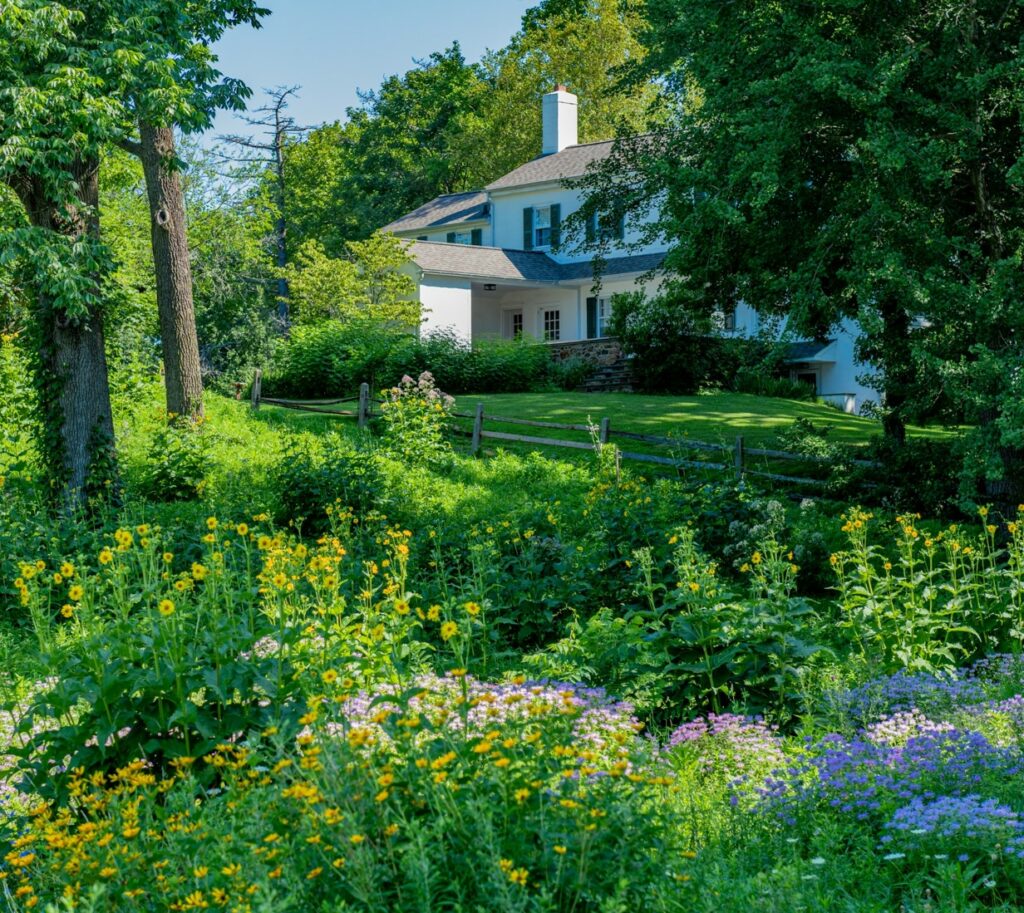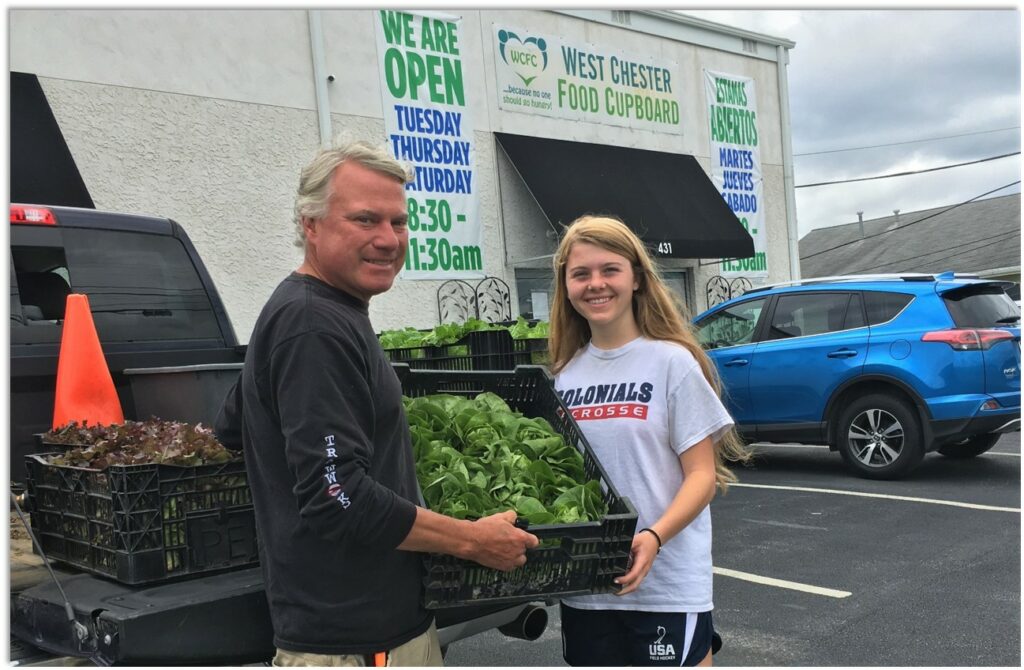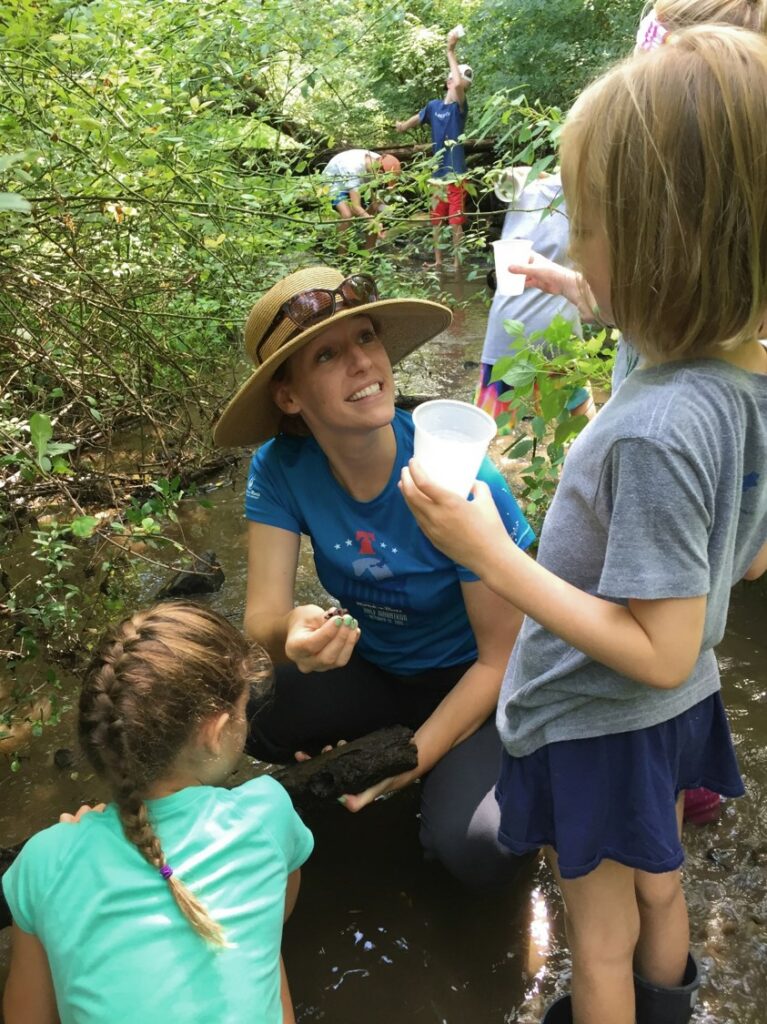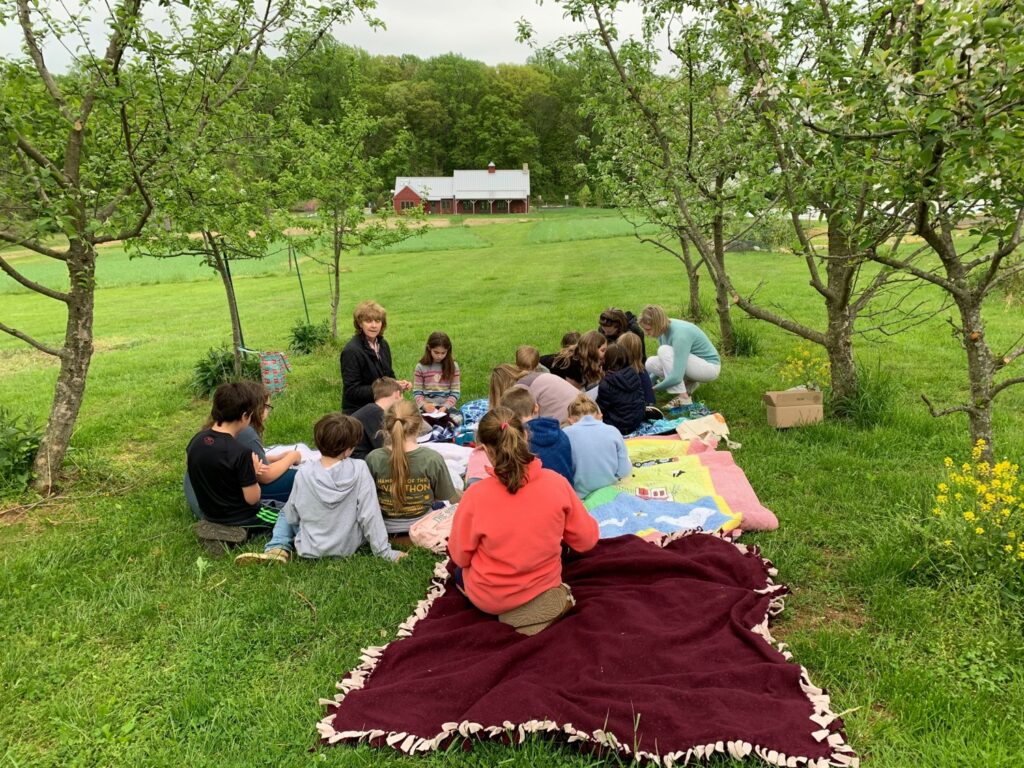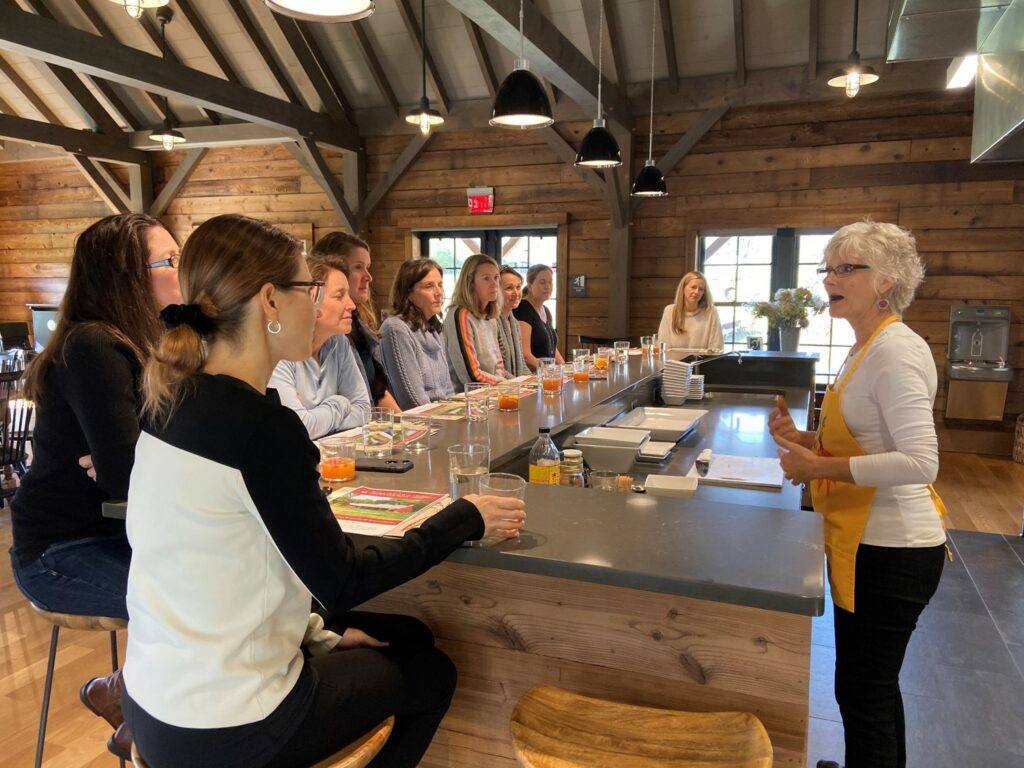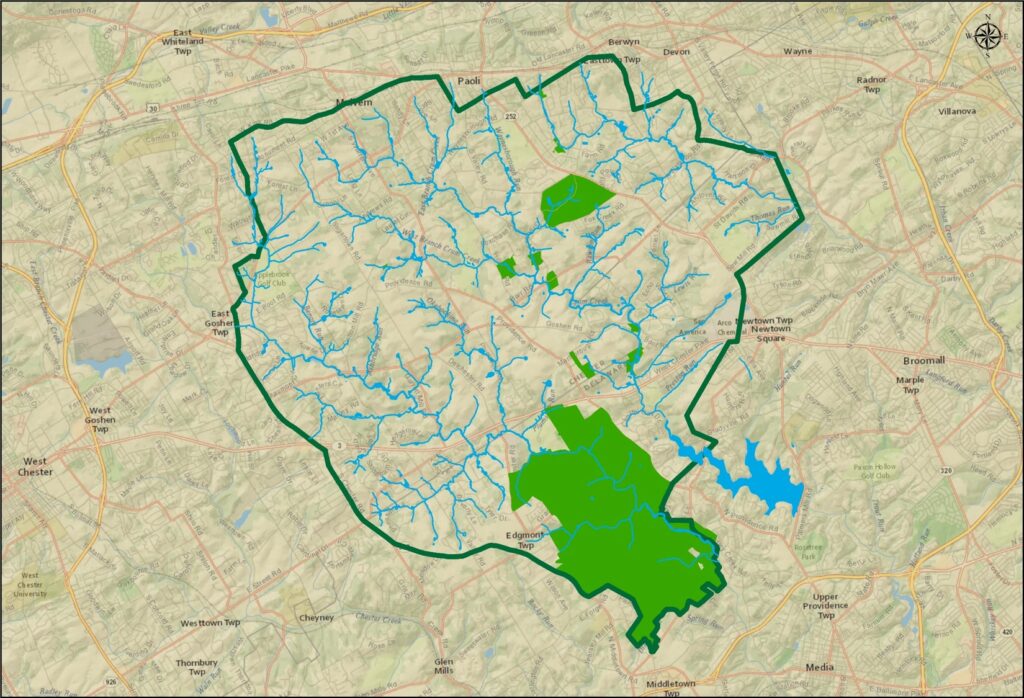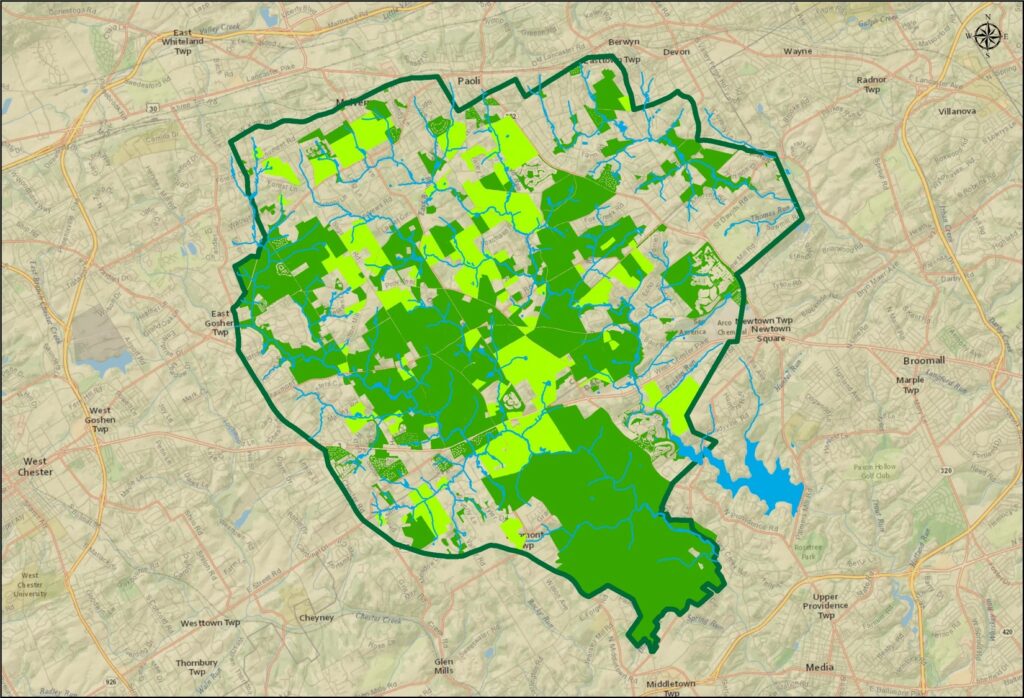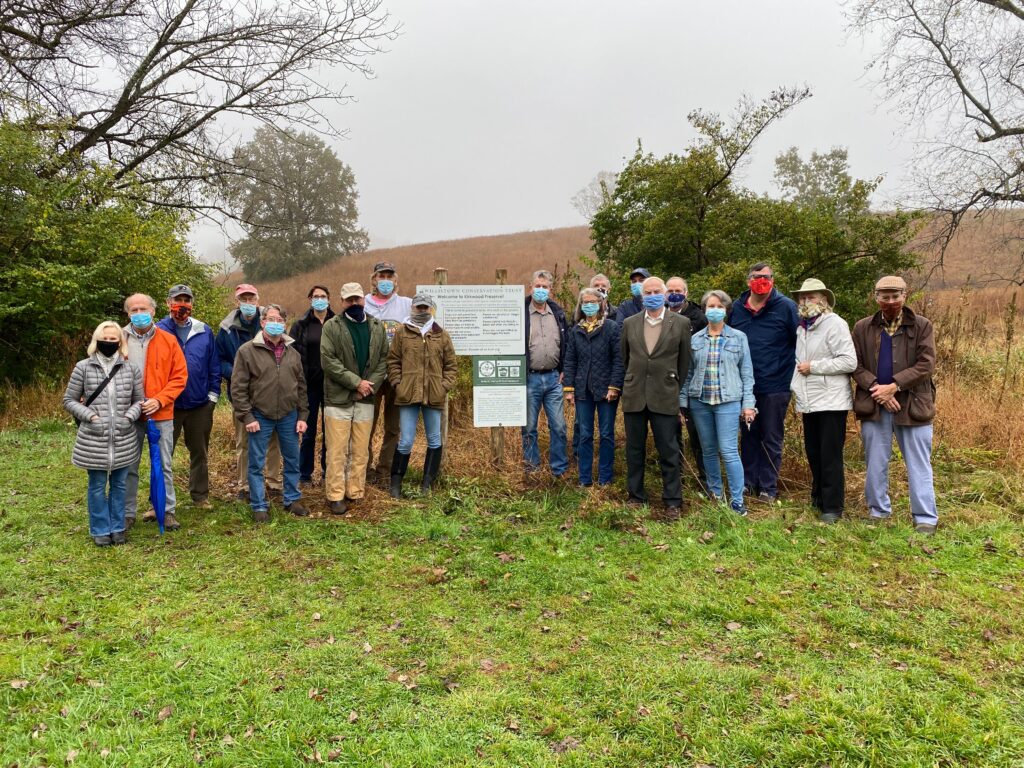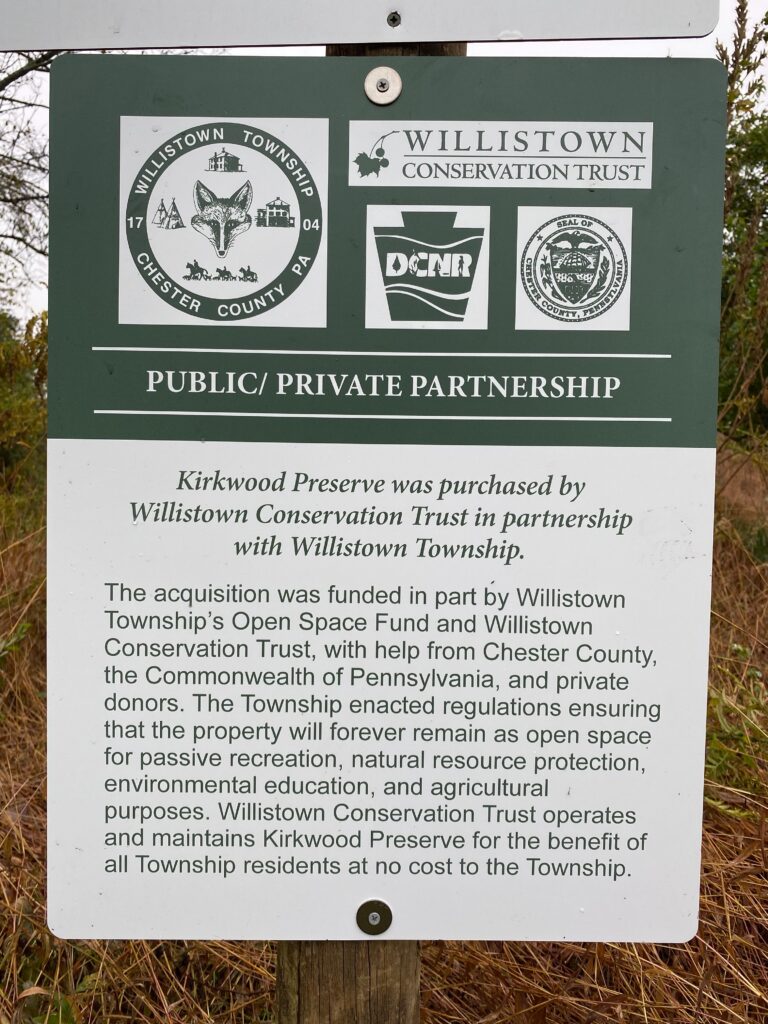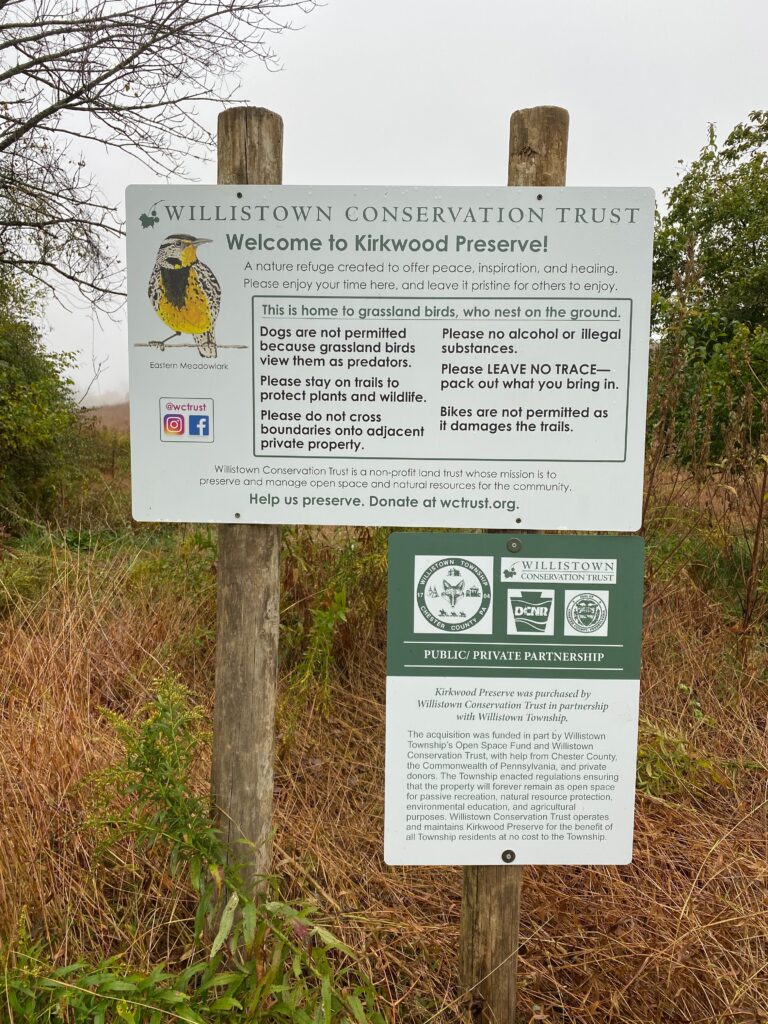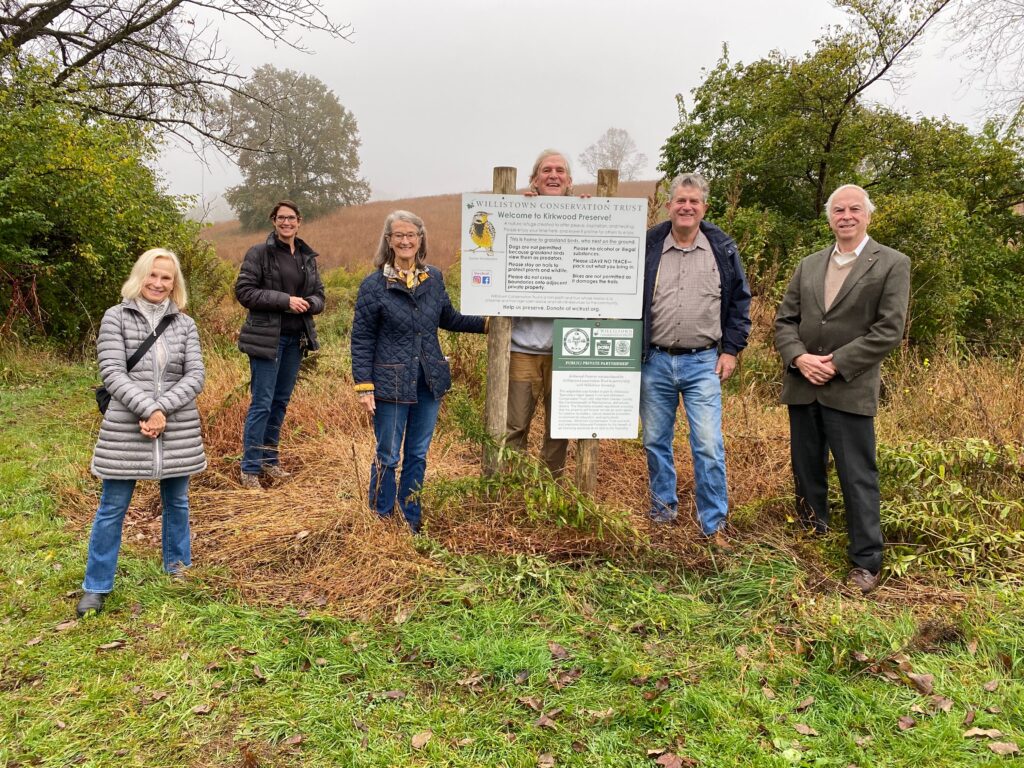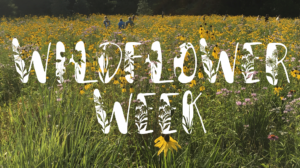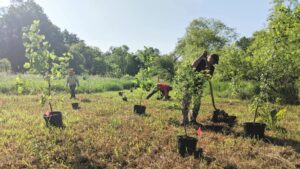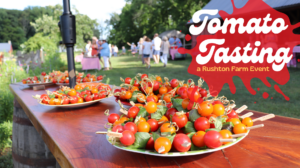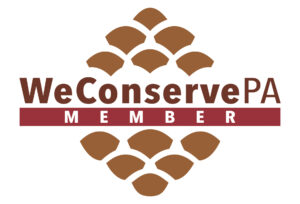By Erik Hetzel, Director of Land Protection and Public Grants
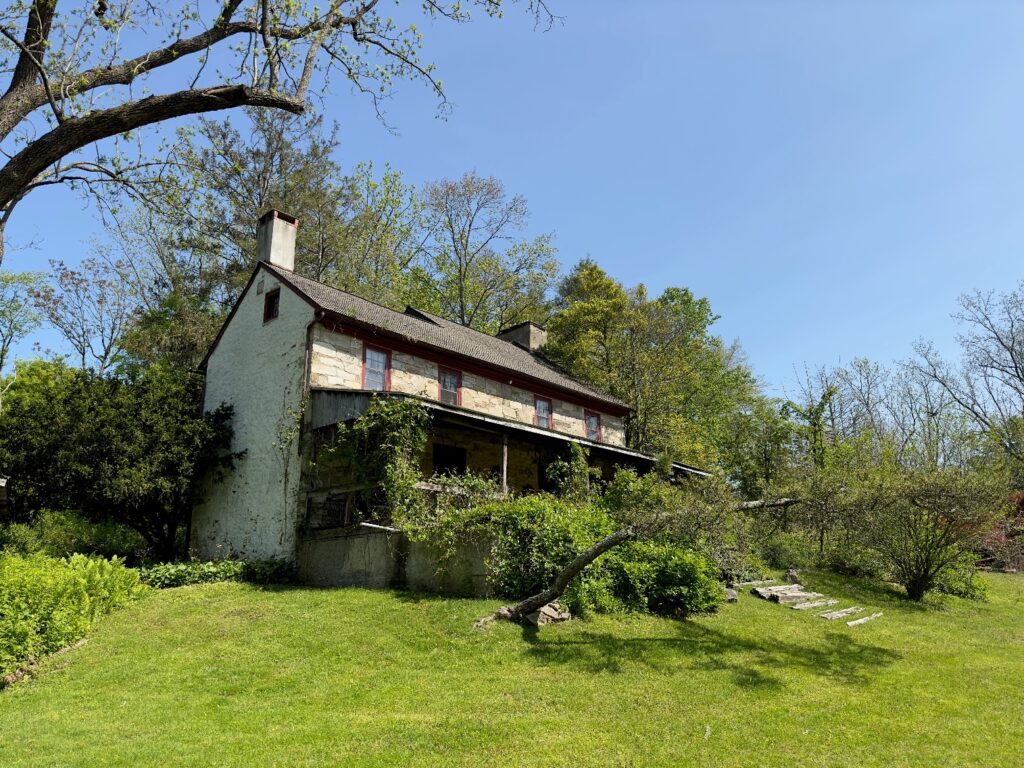
On December 5, 2023, WCT accepted its first-ever donation of a conservation easement on a property located in Radnor Township, Delaware County. Thanks to the conservation vision of H. Ross Watson, his 5.6-acre property on Langdale Road known as “Frog Hollow” will be preserved for the benefit of its scenic, historic, and natural attributes and forever protected from further development. As natural areas and wildlife habitats in our communities become more and more fragmented due to increased development pressures, we are grateful for the generosity of private landowners like Mr. Watson who have chosen to preserve their land for the enjoyment of future generations of wildlife and people.
In another first for WCT, this conservation project was accomplished in partnership with the Preservation Alliance for Greater Philadelphia, which concurrently accepted the donation of a preservation easement protecting the property’s historic buildings. The Preservation Alliance notes that Mr. Watson’s 18th-century home and other buildings on the site “contribute to the historic sense of place and feeling of the property, and represent a valuable example of a historic architectural style worthy of preservation.”
The conservation easement held by WCT will complement the work of the Preservation Alliance by protecting the property’s important ecological features and wildlife habitats, which include native and non-native non-invasive plant species, riparian resources associated with an unnamed tributary of Darby Creek, a spring-fed pond, wetlands, open grasslands, and steeply sloped woodlands.
Contact Erik Hetzel (ewh@wctrust.org) for more information on conservation easements.
WHAT IS A CONSERVATION EASEMENT? | A conservation easement is a flexible tool that protects land while leaving it in private ownership. It is a legal and binding agreement between a landowner and a qualified conservation organization such as Willistown Conservation Trust. The easement is recorded with the deed to the property, applies to all future owners, and exists in perpetuity. As the holder of the easement, Willistown Conservation Trust agrees to see that the restrictions detailed in the easement are upheld forever. The landowner retains title to the property and continues to have all rights and obligations of ownership except for those rights specifically restricted under the terms of the easement. The retained rights include the right to sell, lease, bequeath, and subdivide the property subject to the terms of the easement.

